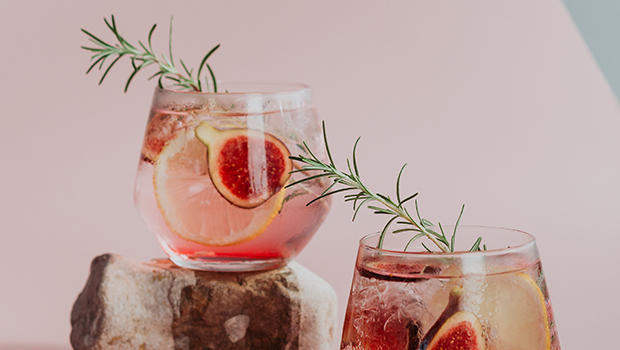Brewing your own beer is so 2020 – what about distilling your own signature gin in 2021? Attending a gin-distilling course is a great way to enjoy an afternoon out with your partner or friends and leave with your own original crafted gin.
Gin is the highest-grossing spirit worldwide with a rising global trend. Currently in South Africa, there are 65 registered craft distilleries but worldwide over 600. Craft gin passes through 16 hands in the crafting process before a bottle gets to the consumer to drink and enjoy on its own or mixed in a cocktail.
What is gin?
Gin is born as vodka, a neutral white spirit base. Starting off the same with grain as a base, the difference of gin is the addition of herbs, spices, berries, roots, flowers and, most prominently, juniper berries – collectively referred to as botanicals. The earliest record of juniper berry-infused spirits dates back to the Middle Ages when it was used as a herbal medicine. The juniper flavour profile not only forms the backbone of a balanced gin, but is a complex flavour combination of piney, woody, earthy, citrus, sweet, minty, spicy and fruity.
How do you design your own unique gin flavour?
Gin is individualised and given its distinctive character and flavour by the combination of the distillation process and use of different botanicals. Creating a gin recipe is an alchemy – part art, part science – leading to the creation of a magic formula.
First, you must decide which flavour you would prefer in your final product. Do you prefer a more citrusy gin, a spicier gin, or more floral and fruity? This you can decide by the type of base botanicals added to the gin base, consisting of top-note botanicals: floral, citrus, herbal, cool or spicy. Then, to individualise your bottle of gin even more, you can choose from adding your choice of additional botanicals: for example, rooibos (earthy), honeybush (woody), nutmeg (flavour binding), toasted coconut (mouthful), demerara sugar (sweetness) or raisins (fruity). To taste the sweetness, you must have a bitter taste added as well to bring out the sweetness – it’s all about balance.
Each person in a gin class has their own pot still in which to distill their own gin. This makes you feel like you are a scientist in a chemical lab! You use the basic gin recipe formula and adapt it by adding your own flavour combinations. The total botanicals used are about 20 to 35 grams per litre of alcohol at 57% ABV. Here is the step-by-step process to distilling your own gin.
- Measure out from the base gin botanicals supplied to you.
- Add either the floral, citrus, herbal, cool or spicy base.
- Add salt to enhance your flavours and nutmeg to act as a balancing agent.
- Add two to four additional botanicals of your choice: rooibos, honeybush, toasted coconut, sugar or raisins.
- Light the flame of the potstill boiler to let the botanicals cook off.
- Oils and gasses evaporate at 78.5°C through the swan’s neck and condenser into the receiving vessel after being distilled.
- The first 20ml needs to be removed and discarded, as this is toxic alcohol acetone and definitely not fit for consumption.
- Then, 270ml of ethanol needs to be harvested in a bigger beaker. During the fractioning process you can taste the droplets and, already here, determine if you and your gin partner used different flavourings for the end product.
- The feints consist of the head, heart of ±70% ABV and tails. This needs to be broken down with distilled water added to decrease the alcohol to 43% ABV.
- Your gin is now ready to be bottled and labeled! Don’t forget to write down the ingredient ratio used and to give your own unique gin a unique name.
Now you can drink your own personalised label gin and impress your friends with unique cocktails mixed with your gin.

